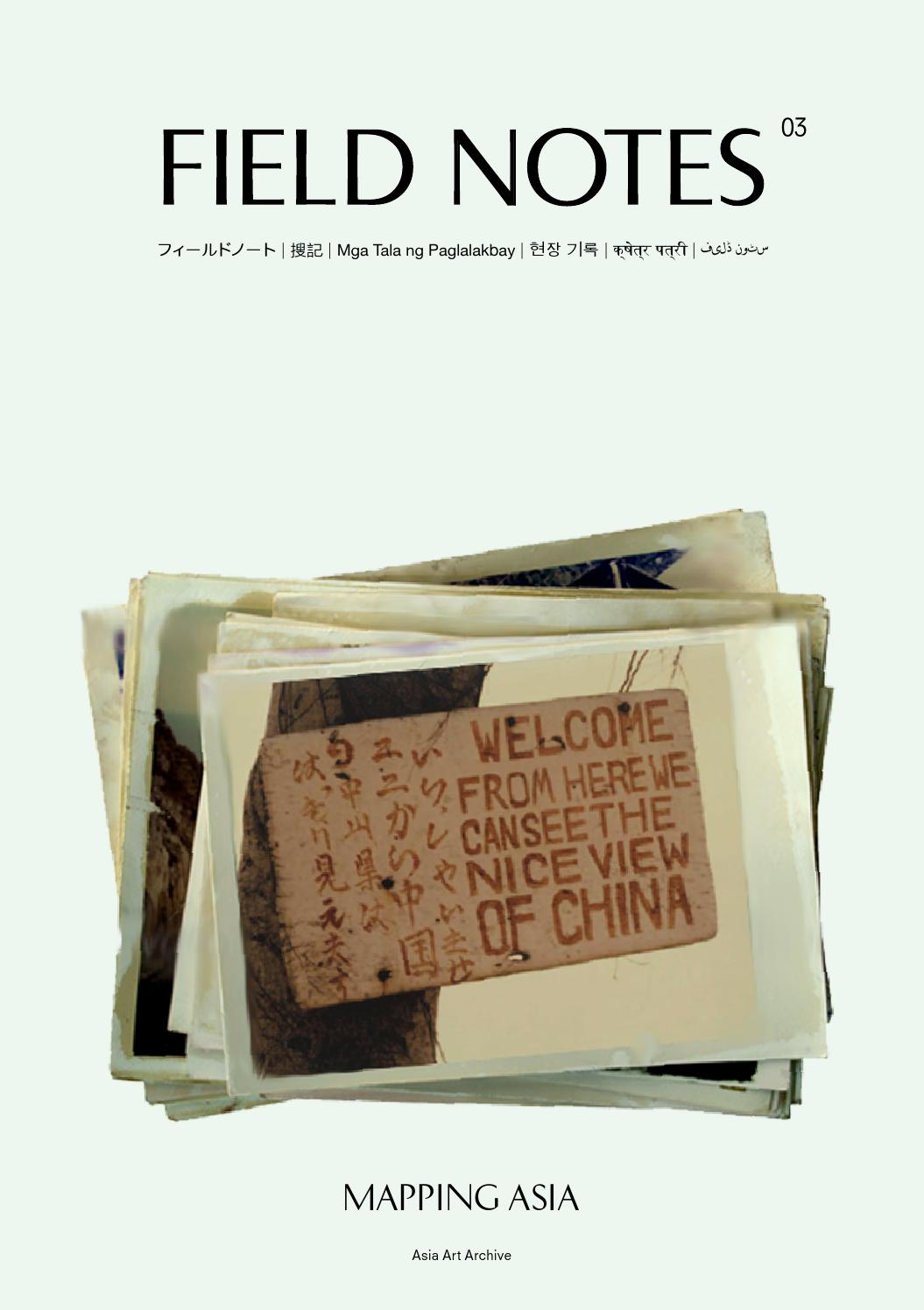Peter K. J. Park: Africa, Asia, and the History of Philosophy: Racism in the Formation of the Philosophical Canon, 1780–1830 (2013)
Filed under book | Tags: · africa, asia, china, egypt, empiricism, history of philosophy, idealism, india, pantheism, persia, philosophy, race, racism, religion, science

“A historical investigation of the exclusion of Africa and Asia from modern histories of philosophy.
In this provocative historiography, Peter K. J. Park provides a penetrating account of a crucial period in the development of philosophy as an academic discipline. During these decades, a number of European philosophers influenced by Immanuel Kant began to formulate the history of philosophy as a march of progress from the Greeks to Kant—a genealogy that supplanted existing accounts beginning in Egypt or Western Asia and at a time when European interest in Sanskrit and Persian literature was flourishing. Not without debate, these traditions were ultimately deemed outside the scope of philosophy and relegated to the study of religion. Park uncovers this debate and recounts the development of an exclusionary canon of philosophy in the decades of the late eighteenth and early nineteenth centuries. To what extent was this exclusion of Africa and Asia a result of the scientization of philosophy? To what extent was it a result of racism?
This book includes the most extensive description available anywhere of Joseph-Marie de Gérando’s Histoire comparée des systèmes de philosophie, Friedrich Schlegel’s lectures on the history of philosophy, Friedrich Ast’s and Thaddä Anselm Rixner’s systematic integration of Africa and Asia into the history of philosophy, and the controversy between G. W. F. Hegel and the theologian August Tholuck over ‘pantheism.'”
Review (Carlin Romano, Chronicle of Higher Education, 2014)
Discussion (Warp, Weft, and Way blog, Oct 2014)
Publisher SUNY Press, 2013
Philosophy and Race series
ISBN 9781438446417
237 pages
Field Notes 3: Mapping Asia (2013) [English, Chinese]
Filed under magazine | Tags: · art, art history, asia, contemporary art, knowledge, language, migration, politics

The latest issue of e-journal Field Notes edited and published by the Hong Kong-based Asia Art Archive “examines multiple vantage points from which to consider Asia, looking beyond inherited boundaries, histories, and political and economic systems.”
“In our most field note-like issue to date, we interweave artist work, an email exchange, literary extracts, a film plot, exhibition reviews, newspaper clippings, comics, and archival photos. If we were to list some of the entry points for the selections they would include (in no particular order) Guangzhou as site, speculative geographies, Hong Kong, seaborne histories, territory and myth, island disputes, language, migration, and sites of knowledge production and distribution.” (from the editorial)
Edited by Claire Hsu and Chantal Wong
Publisher Asia Art Archive, Hong Kong, 2013
138 pages
PDF (38 MB), HTML, Issuu (English, updated on 2017-11-30)
PDF (32 MB), HTML, Issuu (Chinese, updated on 2017-11-30)
See also Mapping Asia, a 190-page book based on this issue, published circa July 2014 (Issuu, in English).
Comment (0)Philippe Forêt, Andreas Kaplony (eds.): The Journey of Maps and Images on the Silk Road (2008)
Filed under book | Tags: · asia, buddhism, cartography, china, geography, islam, mapping, middle east, silk road

“This book covers new ground on the diffusion and transmission of geographical knowledge that occurred at critical junctures in the long history of the Silk Road.
Much of twentieth-century scholarship on the Silk Road examined the ancient archaeological objects and medieval historical records found within each cultural area, while the consequences of long-distance interaction across Eurasia remained poorly studied. Here ample attention is given to the journeys that notions and objects undertook to transmit spatial values to other civilizations. In retracing the steps of four major circuits right across the many civilizations that shared the Silk Road, The Journey of Maps and Images on the Silk Road traces the ways in which maps and images surmounted spatial, historical and cultural divisions.”
Publisher BRILL, 2008
Volume 21 of Brill’s Inner Asian library
ISBN 9004171657, 9789004171657
243 pages
review (Ron Sela, Journal of Inner Asian Art and Archaeology)
review (Liano Cai, International Journal of Middle East Studies)

